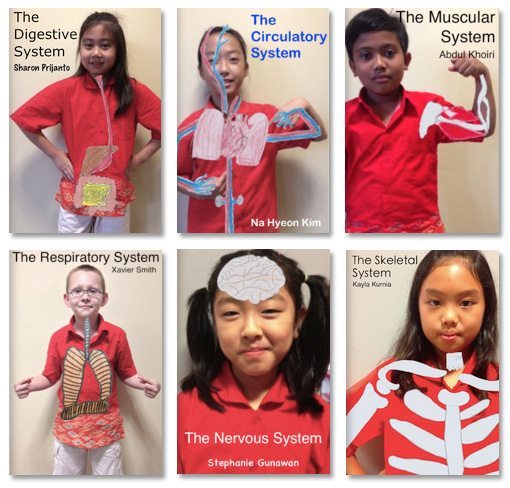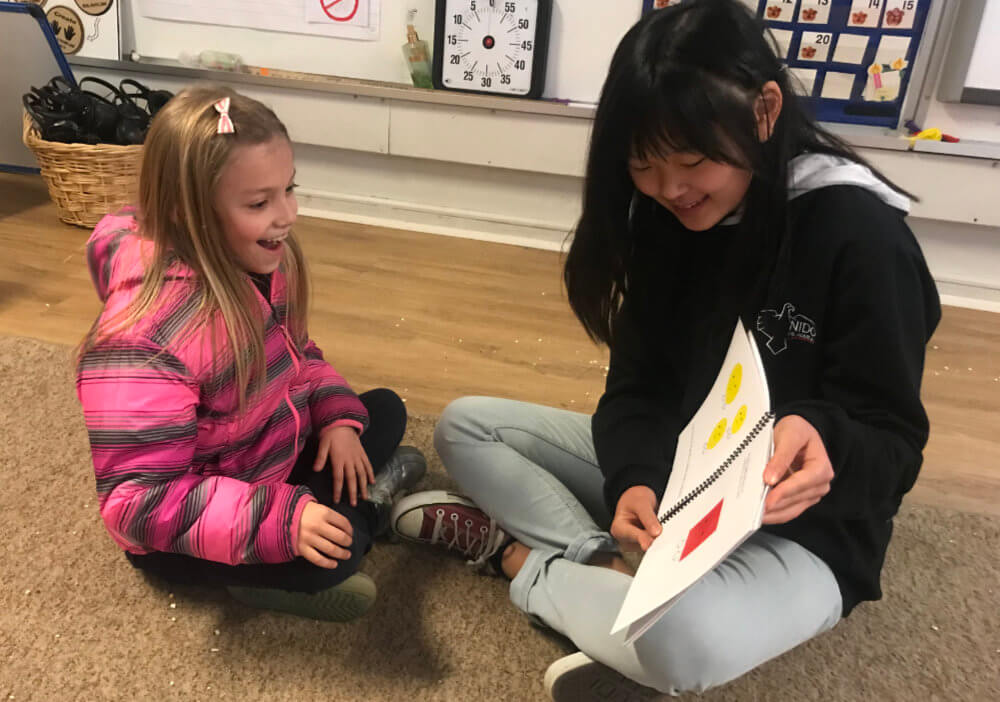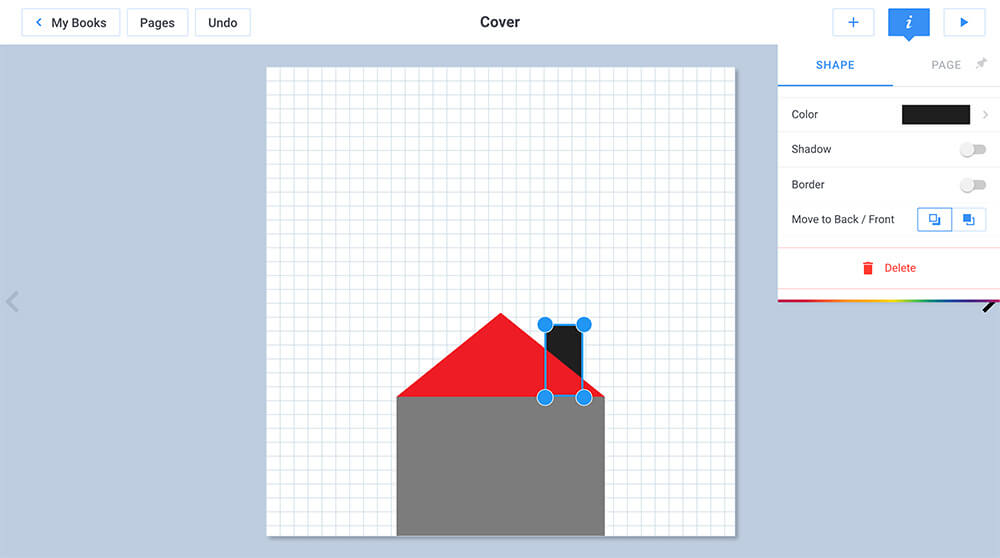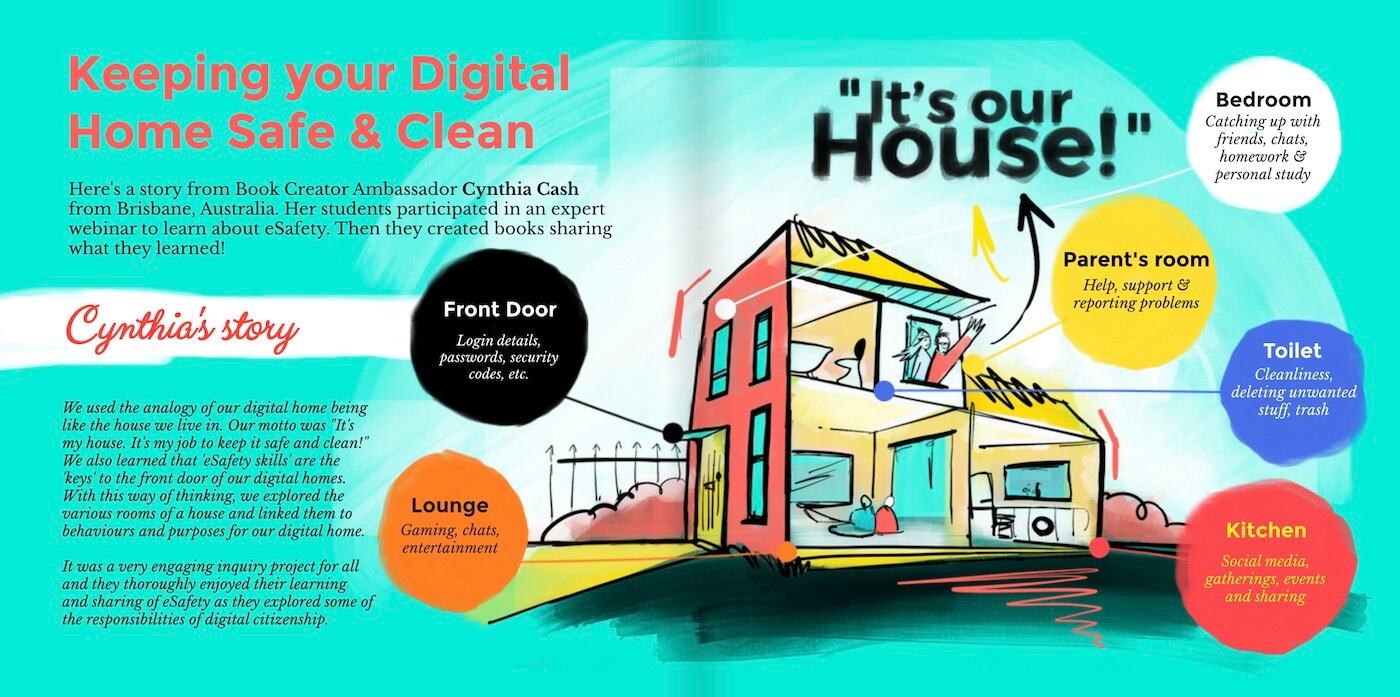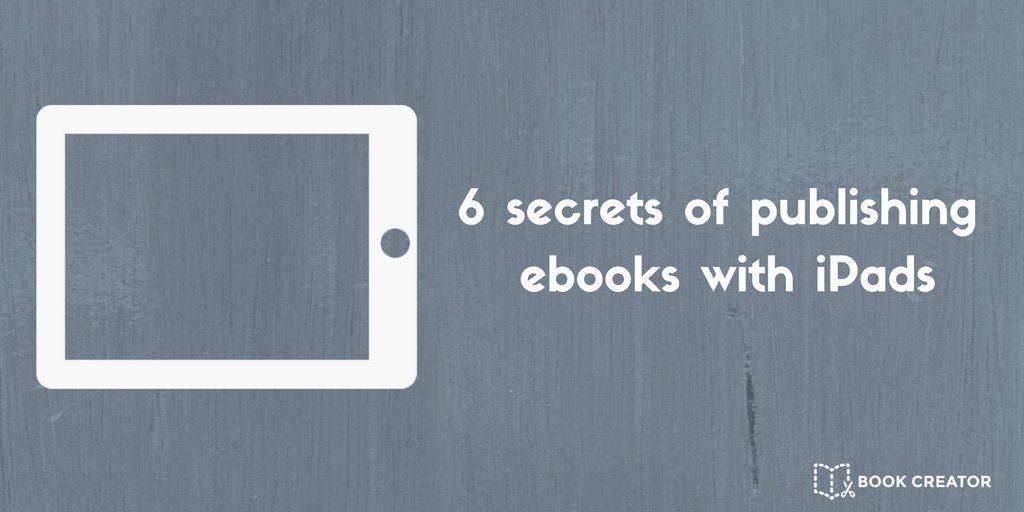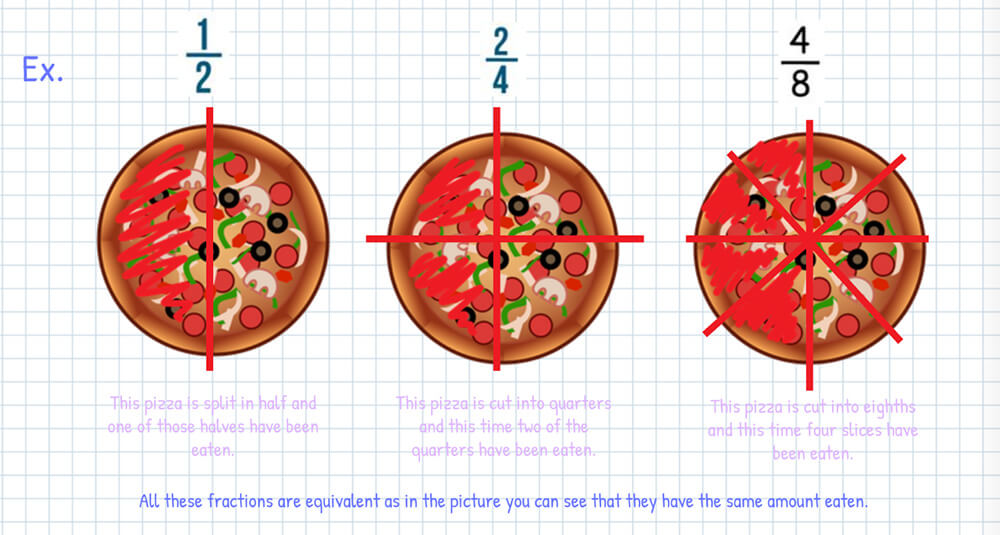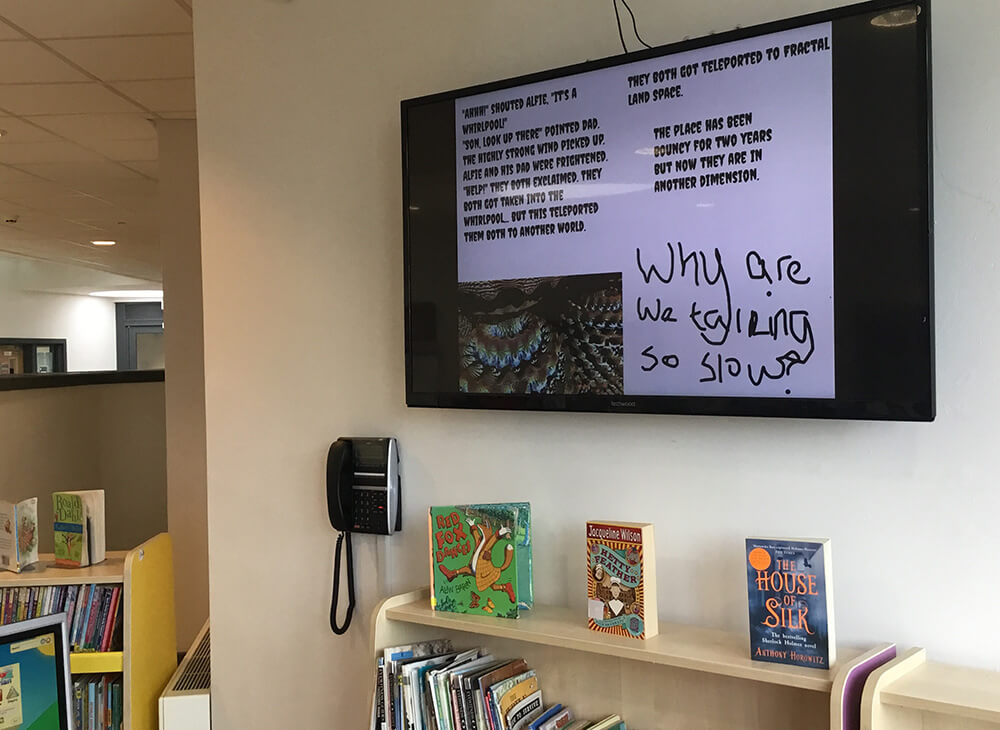Michael Hernandez has some ideas to share about creating assignments that give students a wider purpose for learning.
As we emerge from remote learning and as the world deals with a variety of social and environmental challenges, students are more concerned than ever about their role in the world and how they can become active global citizens. And more than ever, kids are wondering how their school work connects to the real world and how they might use what they learn in our classes to help solve these problems.
Kids need—and deserve—assignments with purpose: Those that connect to their lives and provide opportunities for them to make an impact beyond the classroom. Assignments like these draw on their innate curiosity and passion to enhance engagement, and help students take ownership of their learning.
What is learning with purpose?
If you’ve ever sat in a meeting or professional development training and wondered to yourself, “What’s the point of this?” or “How will I ever use this?” you know exactly how students often feel at school. And while we know that our curriculum is important to their future, we may not always do a good job explaining why, nor letting kids put those ideas and skills to use.
While it might at first seem like a challenge to create authentic learning experiences like this, it's really as easy as publishing a digital book.
Book Creator is a great way to facilitate these kinds of projects because of three of its core strengths:
- Crafting stories that present a variety of ideas, facts, and multimedia artifacts in an articulate way.
- Collaboration opportunities for multiple students anywhere in the world to work together on a single digital book project.
- Connecting student work to the world when they publish online (which also elevates student desire to create high quality work because they know others will see their work).
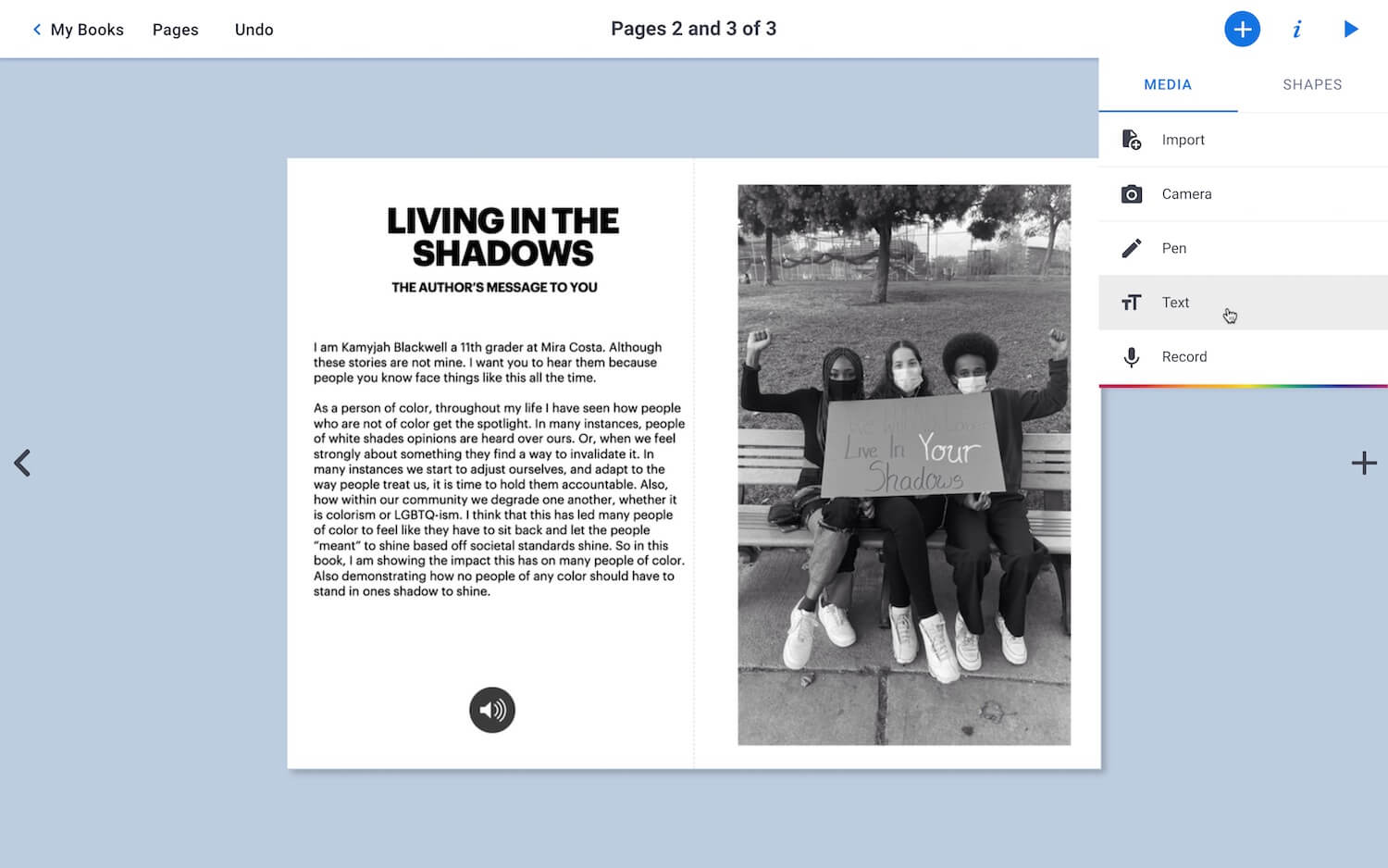
How to create your book 📖
- Identify connections between your curriculum and challenges faced by your community or the world. Work with students to identify problems that need to be solved, or issues that they feel deserve more attention. Try using Harvard’s ‘See, Think, Wonder process”. Or, create your own challenge that aligns with a current unit or school-wide theme, like sources of carbon emissions, equity, or environmental justice.
- Next, work with students to identify specific actions that can be taken to solve these problems. Conduct research, interview experts, or talk with people in your community directly affected by the topic. Consider recording these interviews and including them in your book.
- Create or collect multimedia artifacts like photos, artwork, videos and audio recordings. Infographics are a great way to visualize data and teach information literacy.
- Publish your book and share with a global audience. Share the link to the book or your class library collection on your class website or social media accounts. Ways to share your book with Book Creator
Write your book ✍️
Working individually or in teams, have students create their book using these steps:
- Develop a page-by-page outline.
- Collect or create multimedia artifacts.
- Optional: draft the text that appears on each page in a Google Doc first to focus on the writing.
- Add your elements to Book Creator using a pre-designed template, or your own.
- Peer review: have other students give feedback on content and check for grammar and typos. Revise as needed.
Tips for success 🏆
Think of digital books as a type of report or class presentation that just happens to be digital - it's not much harder than what you already ask students to do.
- Start small. Have students create books that are two or four pages in length. Or have each student in a class be responsible for two pages of a larger book that collects the work of the entire class.
- Don’t feel like you have to be an expert. Rely on student leaders to help train other students and provide technical support.
- Embrace imperfection and mistakes! It’s part of the creative process and acknowledges the way we truly learn.
- Have fun!
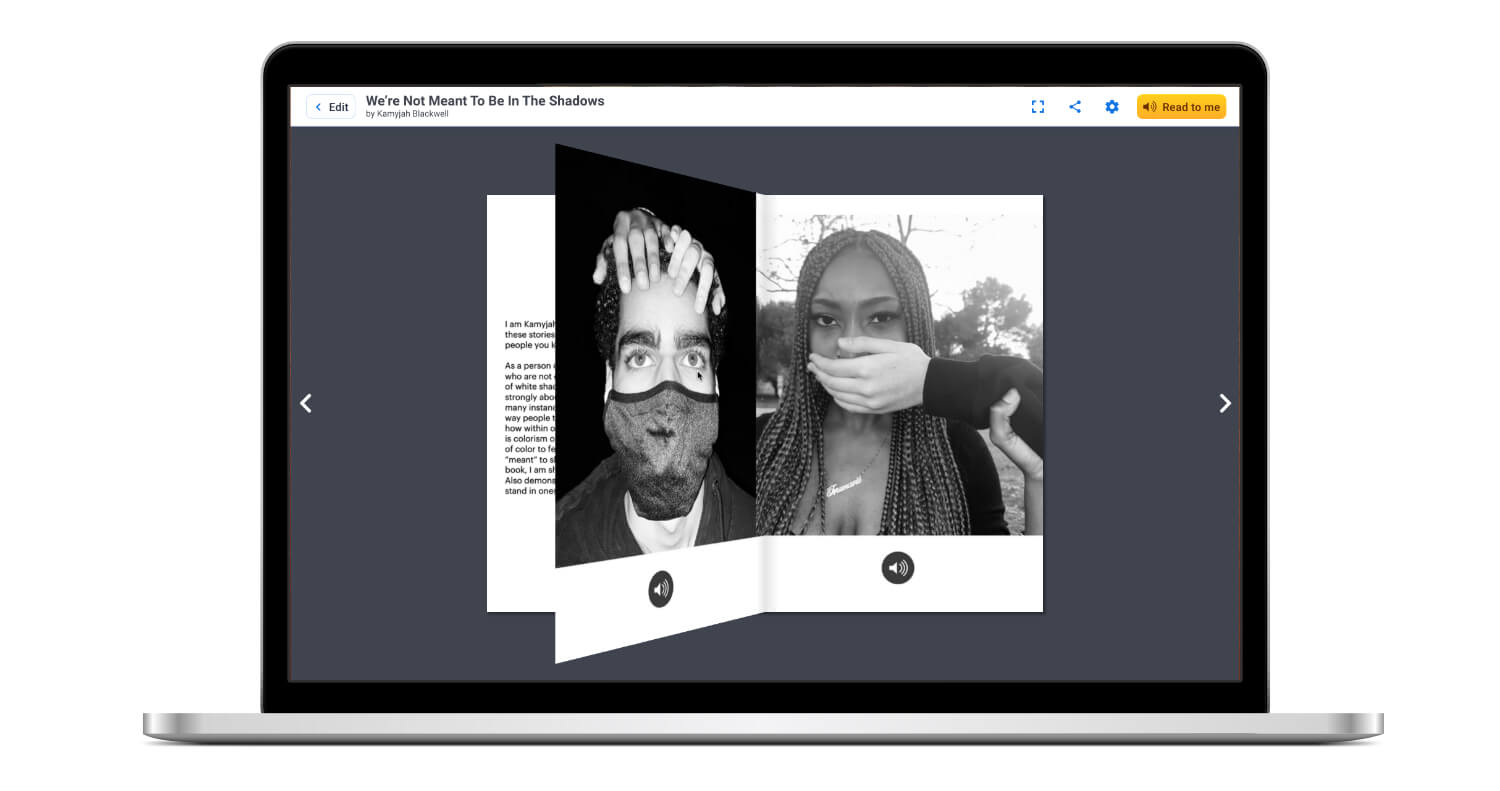
Ideas for projects
The United Nations Sustainable Development Goals provide a variety of ideas for real world challenges that you can use in every subject area. In fact, this was a concept Book Creator explored in the 'Better Future' competition in 2020.
Here are some more ideas:
ELA:
- Literary magazine: Include persuasive essays and poetry related to your theme.
- News magazine: Engage students with non-fiction writing in a journalistic capacity.
Science:
- Document and explain local or global effects of climate change.
- How to manuals for easy ways to reduce your carbon footprint.
Math:
- Publish data analysis of the effects of climate change on communities of color and those in poverty.
- Develop a how-to manual for data analysis to share with other students and parents.
Foreign languages:
- Collect interviews with immigrants to share their stories in their native languages.
- Design a cookbook in collaboration with members of the community who immigrated to your community.
Michael is an award-winning teacher, author, and international speaker in Los Angeles whose work focuses on digital and civic literacy, social justice, and student-centered learning experiences. His new book about authentic learning, Storytelling With Purpose: Digital Projects To Ignite Student Curiosity, leverages student passion to solve some of the biggest challenges educators face, like low student engagement and artificial intelligence. He is a Book Creator Ambassador, and the author of Book Creator for the High School Classroom. Find out more about Michael on his website.

